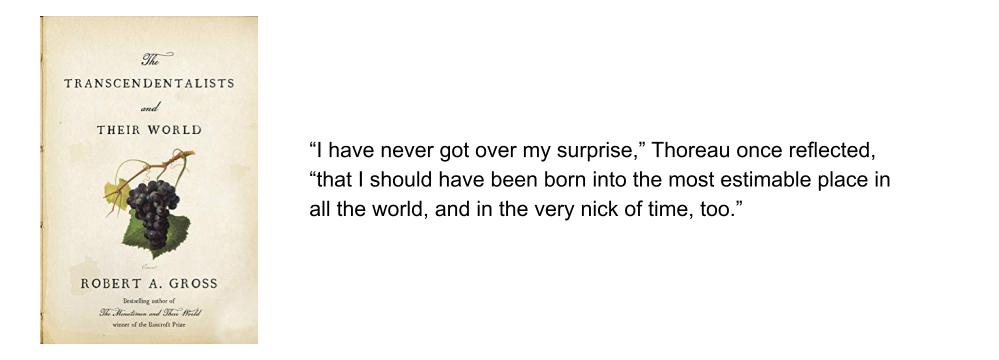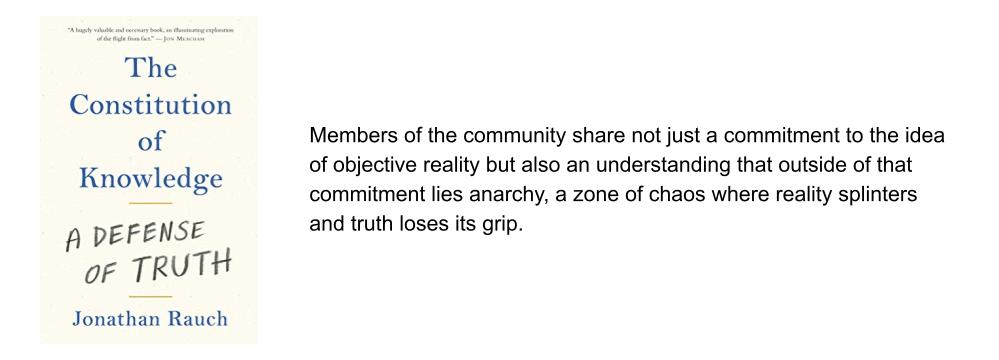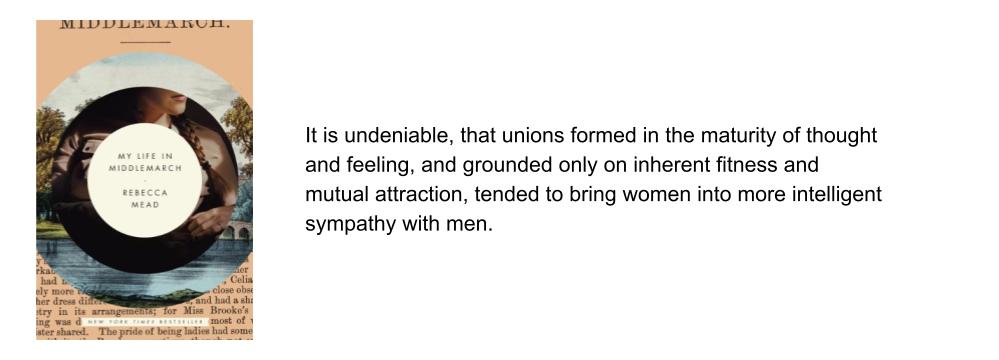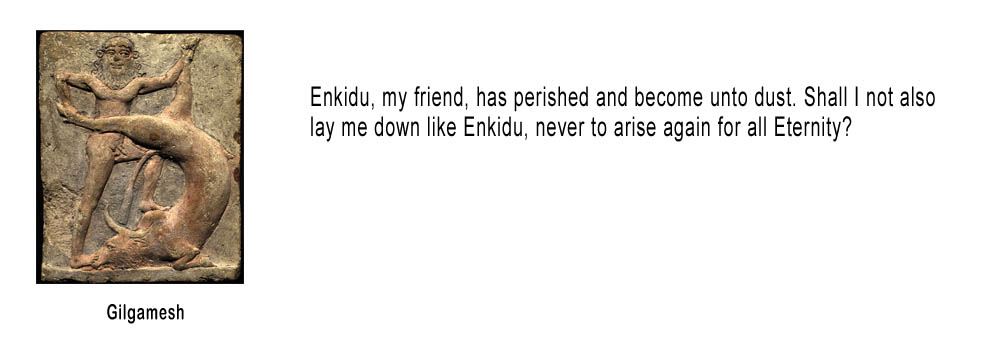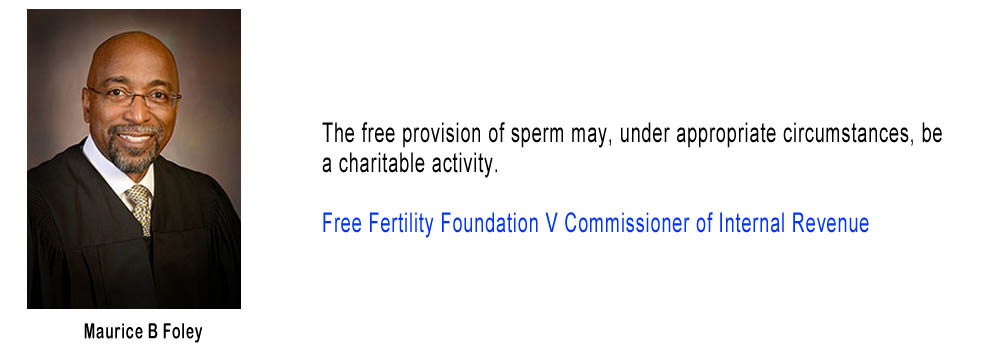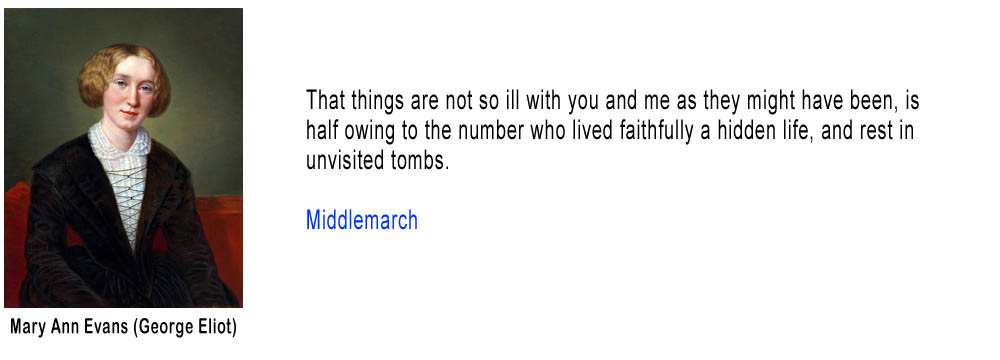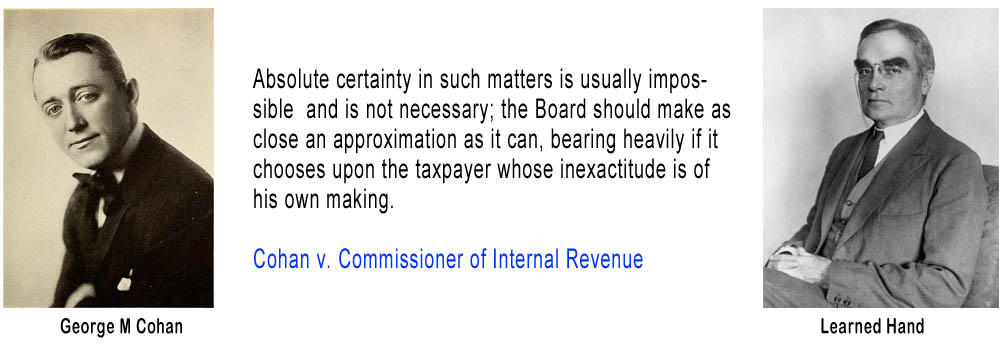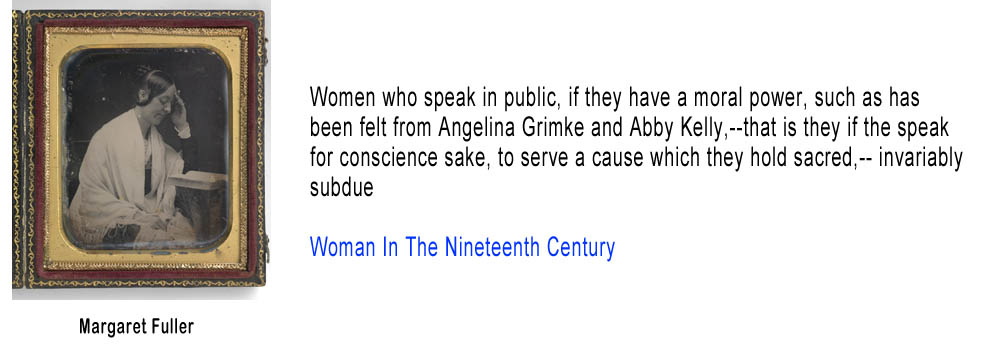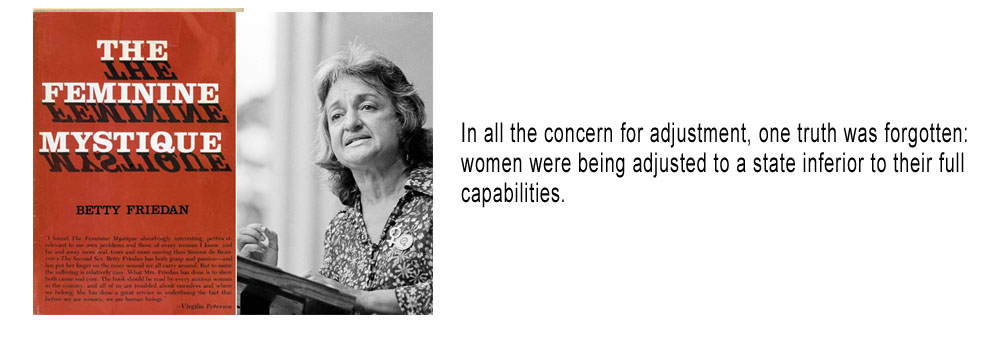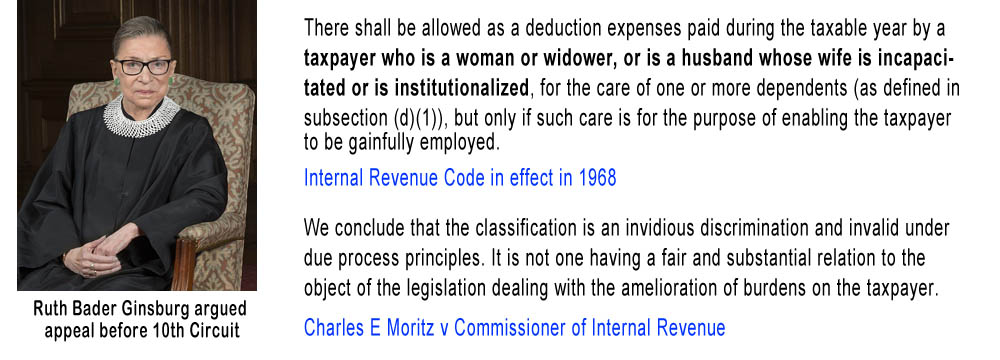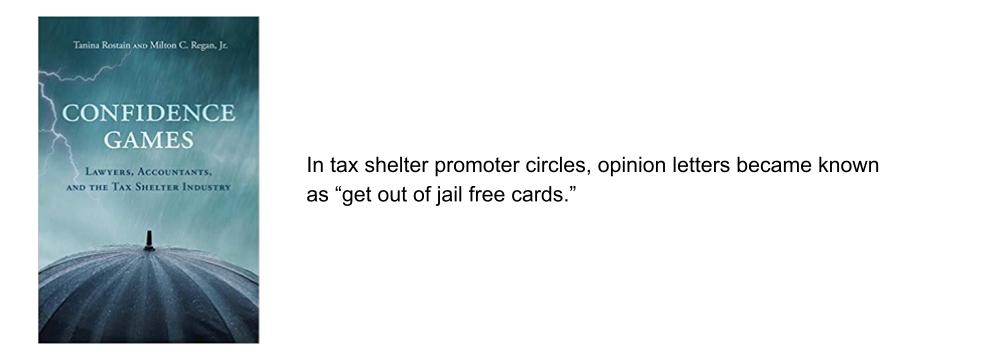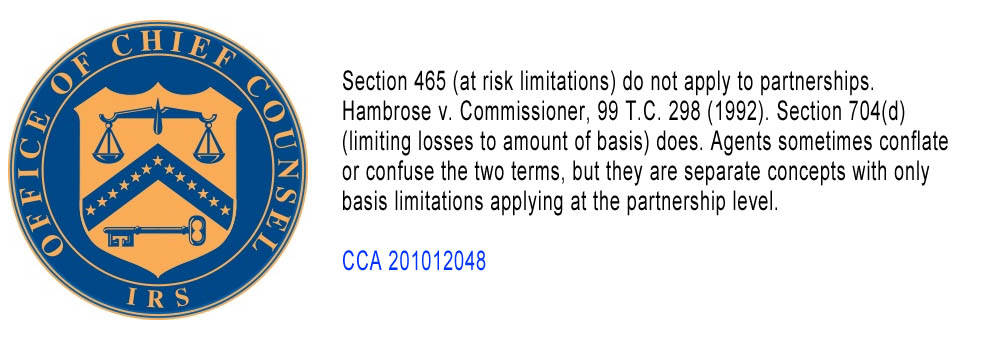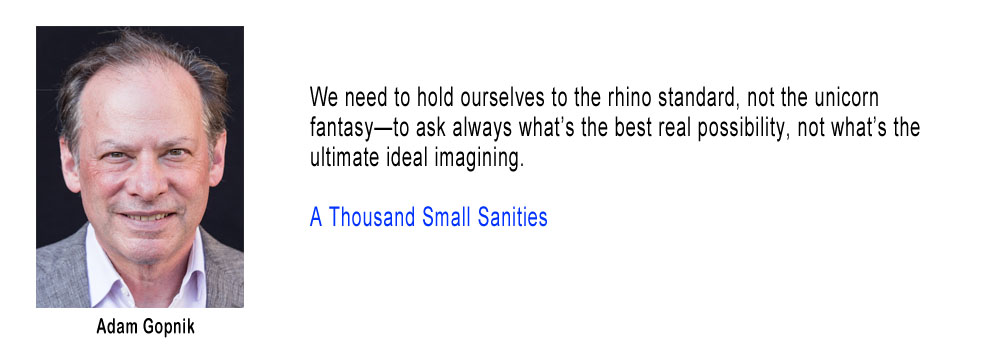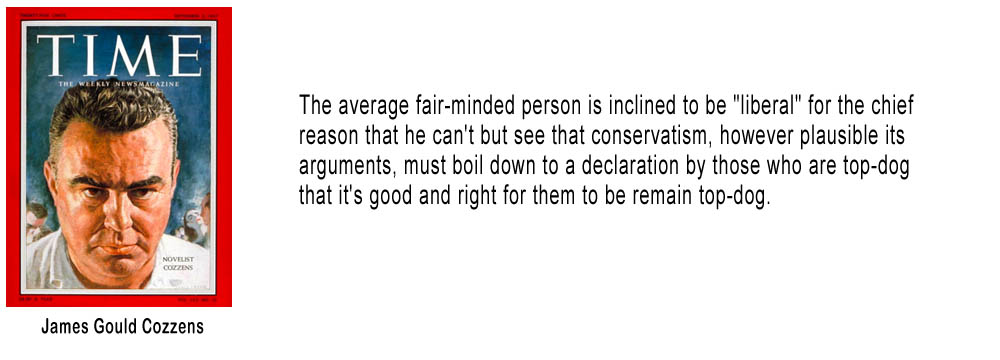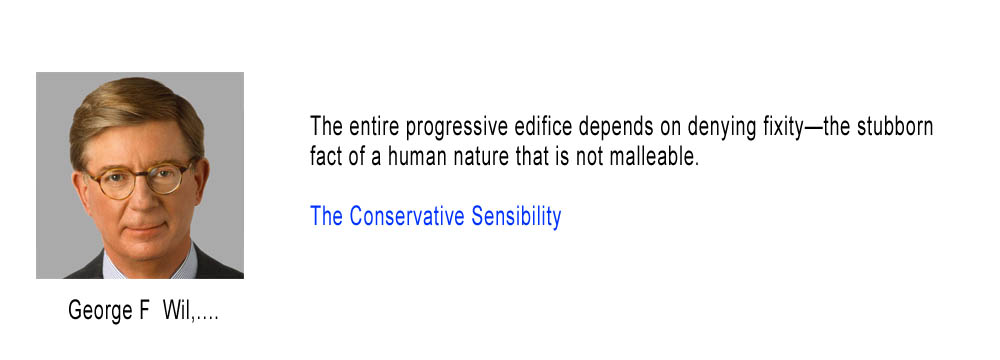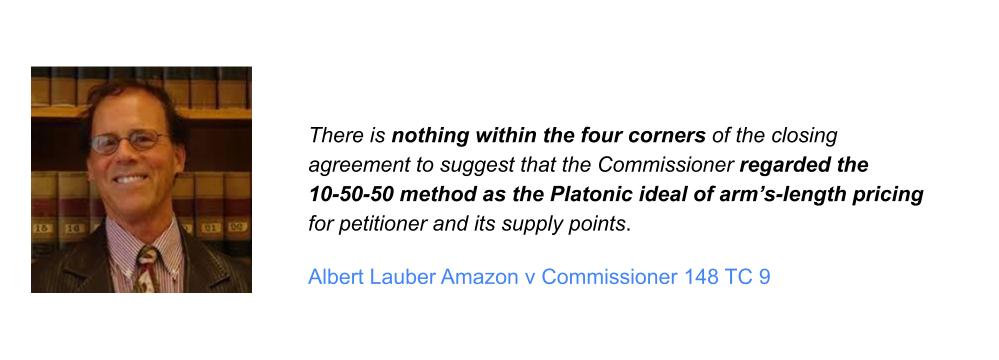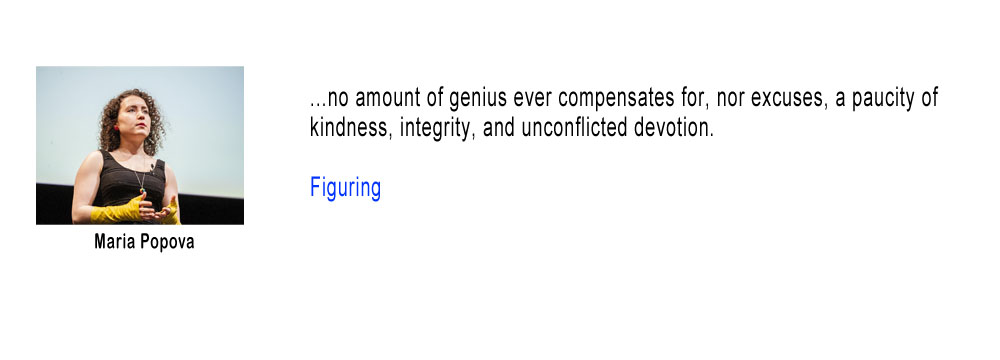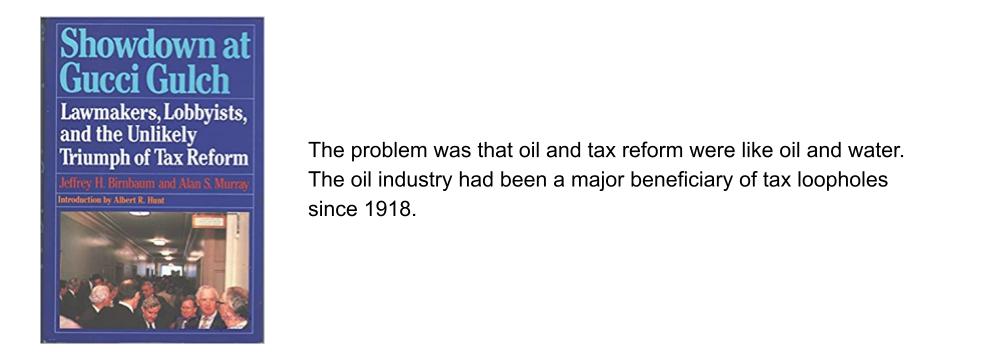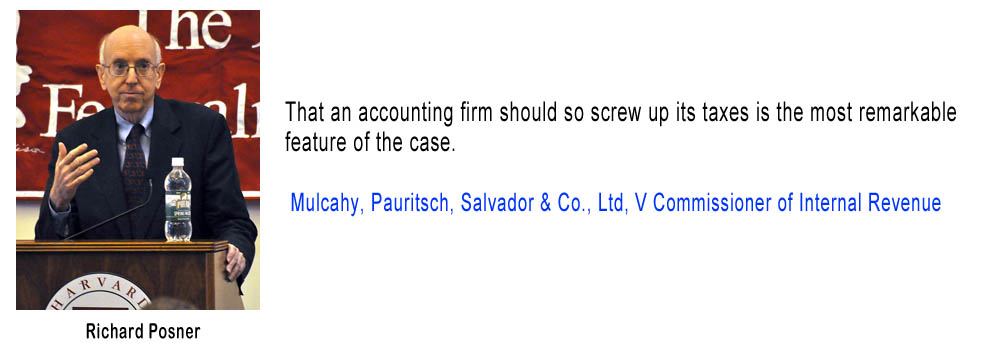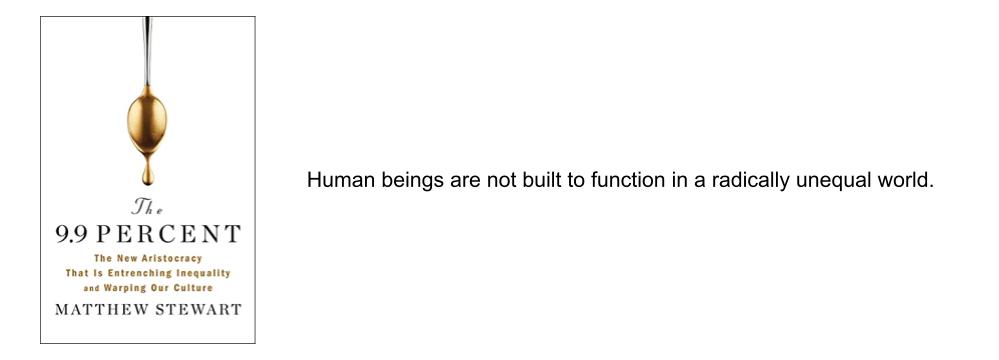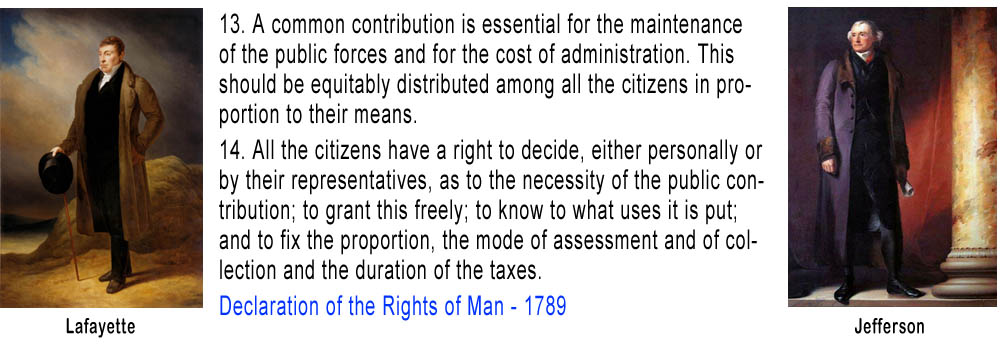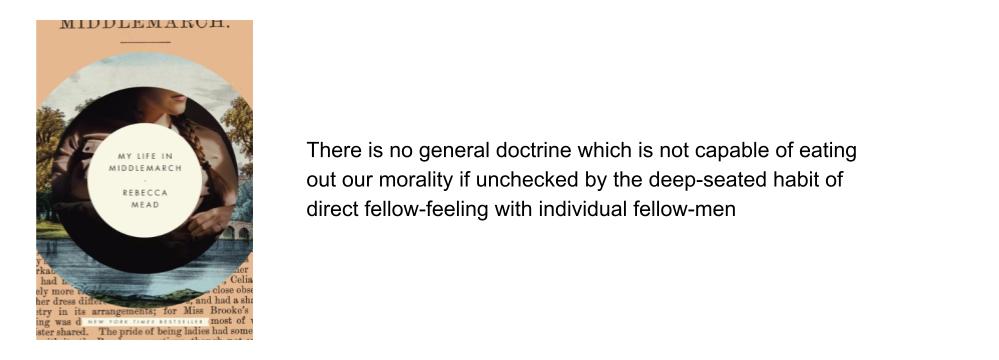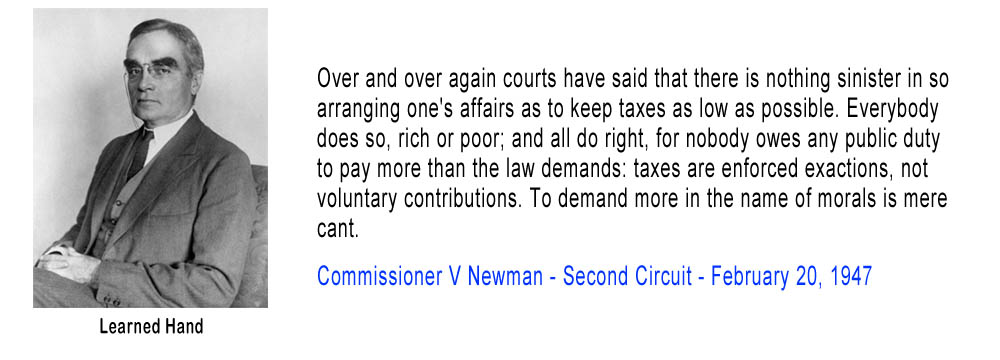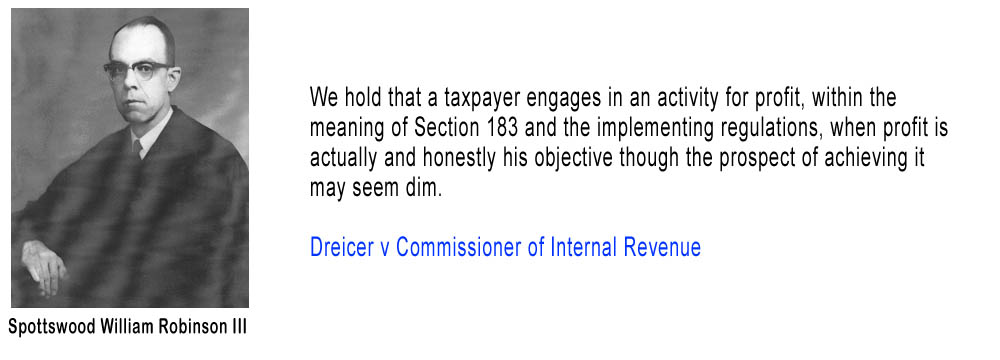One of my regular readers mentioned to me that I use the word “basis” a lot and he doesn’t know what I’m talking about. It is such a fundamental concept that I really can’t write around it. Besides I think my other regular reader likes it. So I am putting this explanation here and will try to remember to link to it every time I use the word basis.
The income tax is a tax on income, which implies gain or increase, not a tax on gross receipts. A transfer of real estate might require the payment of documentary stamps, which is a tax really. The documentary stamps are based on the amount of money that is transferred in exchange for the property. That does not constitute an income tax. Assuming the cost of the documentary stamps is borne by the seller, the seller is not being taxed on income, because it may be that the seller received less than was paid for the property. The seller is being taxed on gross receipts.
Basis is the starting part for determining gain or loss when property is sold, You take the value of what you received for the property and subtract your basis in the property and that gives you the gain or loss. Notice I said your basis. Basis is not inherent in the property. It reflects your relationship to the property.
Types of Basis
Cost Basis – This is the simplest and most common situation.If you obtain property in exchange for money your initial basis is the amount of money you exchanged for the property.
Substituted Basis – If you receive property in exchange for other property in a transaction in which no gain or loss is recognized your basis in the new property will be the same as your basis in the property that you gave up. Examples of this principle, which has broad applicability, are like kind exchanges and property received in corporate reorganizations. A simple example would be if you had land that you paid $20,000 for that is now worth $100,000. You exchange that land for a different piece of land that is worth $100,000. Your basis in the new piece of land is $20,000. In exchange situations where money is used to even out values it is called “boot”. Boot received generally requires gain recognition. Boot paid usually means that you have a divided basis and holding period for the asset that you acquired.
Carryover Basis – In some situations a person (including an entity) who receives property needs to refer to the basis of the party that transferred the property. Examples of this situation are property acquired by gift or a partnership’s basis in property contributed to the partnership.
Inherited Property Basis – The basis of property acquired by inheritance is the fair market value at the date of death (or six months later if alternate valuation was elected). Unless of course the person you inherited it from died in 2010. Don’t get me started.
Adjusted Basis – Notice in discussing cost basis I wrote your “initial” basis is what you paid. Sometimes you recover your basis not when you sell the property but over the time that you use it. Depreciation deductions will reduce the basis in an asset. Also your initial basis in flow through entities such as partnerships and S corporations is adjusted for your share of the profits and losses and by distributions and contributions.
Negative Basis – I once saw a presentation about partnership allocations that had a slide that practically screamed “There is no such thing as negative basis”. This is true in almost all contexts including partnerships. When people loosely speak about having negative basis in a partnership it is because their share of the partnerships liabilities is greater than their basis. In that case abandoning the partnership interest would cause gain recognition. It’s not negative basis, but it can sure feel like it and it’s what a lot of practitioners call it. If you do use that term about a partnership interest you reveal yourself to be one of those people who don’t understand the subtleties of Subchapter K. Don’t worry about it, you’re in good company. There is something in the consolidated return context called the “excess loss account” that behaves a lot like negative basis would if there were such a thing.
The point of the negative basis discussion is that basis sets a limit on the amount that you can deduct from flow through entities. It is one of the five hoops you must jump through in order to to get a negative number into your total income.
AMT Basis – The alternative minimum tax is a parallel system for computing your tax liability. In broad generalities it involves applying lower rates to a broader base. You get to pay based on which ever system comes out with the most tax. Your assets may have a different basis for AMT purposes then they do for regular tax purposes. Generally, if it is different it will be higher (Frankly, I can’t think of a scenario where an asset would have a lower AMT basis, but that may just be a failure of imagination).




